Martin Aircraft Company
Martin PBM-1 Mariner
Role Patrol bomber flying boat
National origin United States
Manufacturer Glenn L. Martin Company
First flight February 18th, 1939
Introduction September 1940
Retired 1964 (Uruguay)
Primary users United States Navy
United States Coast Guard
Royal Australian Air Force
Argentine Navy
Produced 1940–1949
Number built 1,366
Developed into Martin P5M Marlin
.
History Martin Aircraft Company
Martin PBM-1 Mariner

The Martin PBM Mariner was a twin-engine American patrol bomber flying boat of World War II and the early Cold War era. It was designed to complement the Consolidated PBY Catalina and PB2Y Coronado in service. A total of 1,366 PBMs were built, with the first example flying on February 18, 1939, and the type entering service in September 1940, with the last of the type being retired in 1964.
A Mariner, otherwise noted for its WW2 and post-War service, was the type that vanished searching for Flight 19. Flight 19 vanished in the Bermuda Triangle, it and the Mariner that searched for it were never found with its 14 crew, though it was thought to have suffered a mid-air explosion. Another noted crash was the 1946 Antarctica PBM Mariner crash in December 1946.
U.S. Navy service
Design and development

In 1937 the Glenn L. Martin Company designed a new twin-engined flying boat, the Model 162, to succeed its earlier Martin P3M and complement the PBY Catalina and PB2Y Coronado. It received an order for a single prototype XPBM-1 on 30 June 1937.[2] This was followed by an initial production order for 21 PBM-1 aircraft on December 28, 1937.




0
KmCeiling
0
KmRange
0
km/hAircraft Speed
0
Max Crew
Photo Gallery
Martin Aircraft Company
Martin PBM-1 Mariner


Martin Aircraft Company
Martin PBM-1 Mariner
General characteristics
-
- Crew: Seven
- Length: 79 ft 10 in (23.50 m)
- Wingspan: 118 ft 0 in (36 m)
- Height: 27 ft 6 in (5.33 m)
- Wing area: 1,408 sq ft (131 m2)
Powerplant
-
- Empty weight: (15,048 kg)
- Gross weight: (25,425 kg)
- Powerplant: 2 × Wright R-2600-6 14-cylinder radial engines, 1,600 hp (1,194 kW) each
Performance
-
- Maximum speed: 330 km/h)
- Range: (3,000 mi, 4,800 km)
- Service ceiling: (6,040 m)
- Rate of climb: 800 ft/min (4.1 m/s)
Armament
- Guns: 8 × .50 in (12.7 mm) M2 Browning machine guns (two each in nose, dorsal and tail turrets, one each in blisters amidships)
-
Bombs: 4,000 lb (1,800 kg) of bombs or depth charges
or 2 × Mark 13 torpedoes -
Links to Youtube & Others
The 1946 Antarctica PBM Mariner crash occurred on 30 December 1946, on Thurston Island, Antarctica when a United States Navy Martin PBM-5 Mariner crashed during a blizzard
Martin Aircraft Company
Martin PBM-1 Mariner
Martin also developed the even larger 4-engined Martin JRM Mars in this period.
Youtube Link
The aircraft had multiple gun positions including single mounts at each midship beam and stern above the tail cone. Additional guns were positioned in the nose and dorsal turrets,
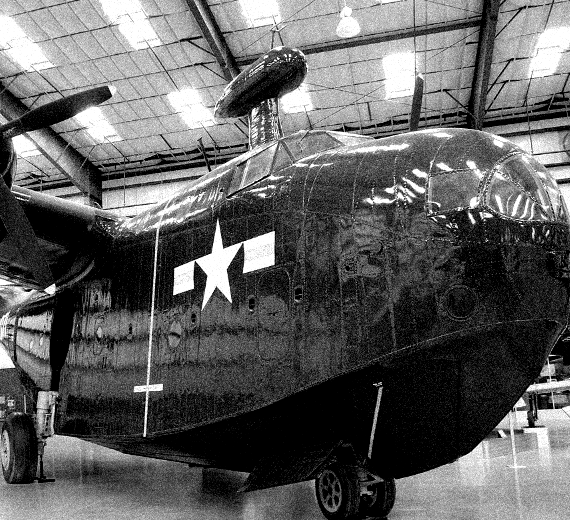


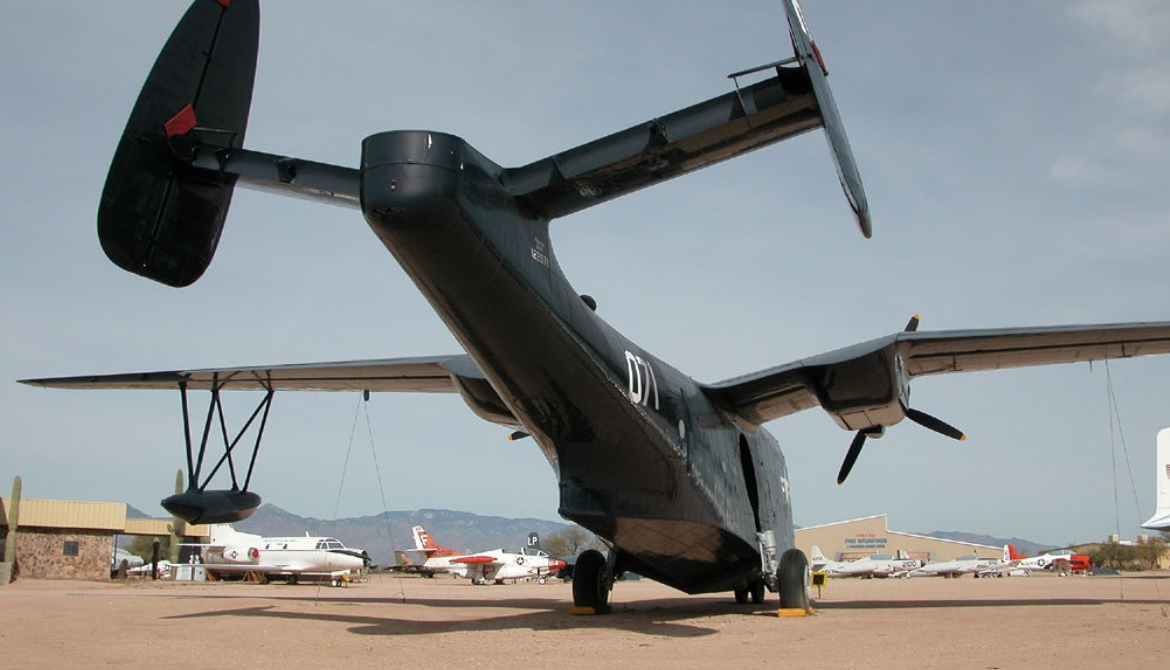
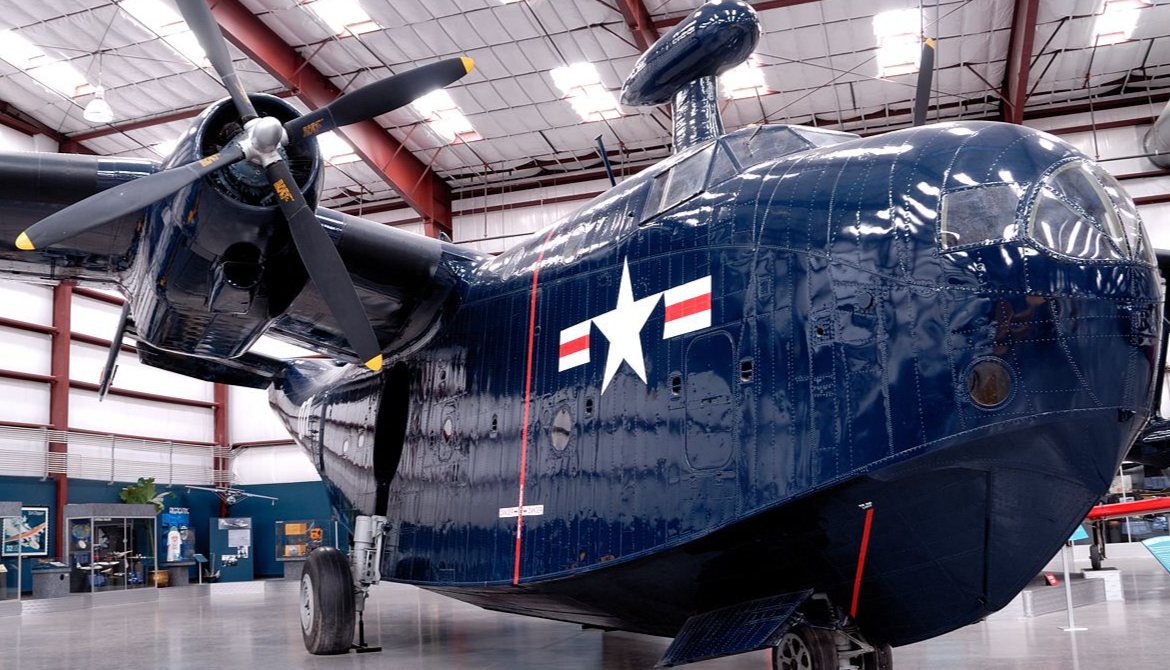
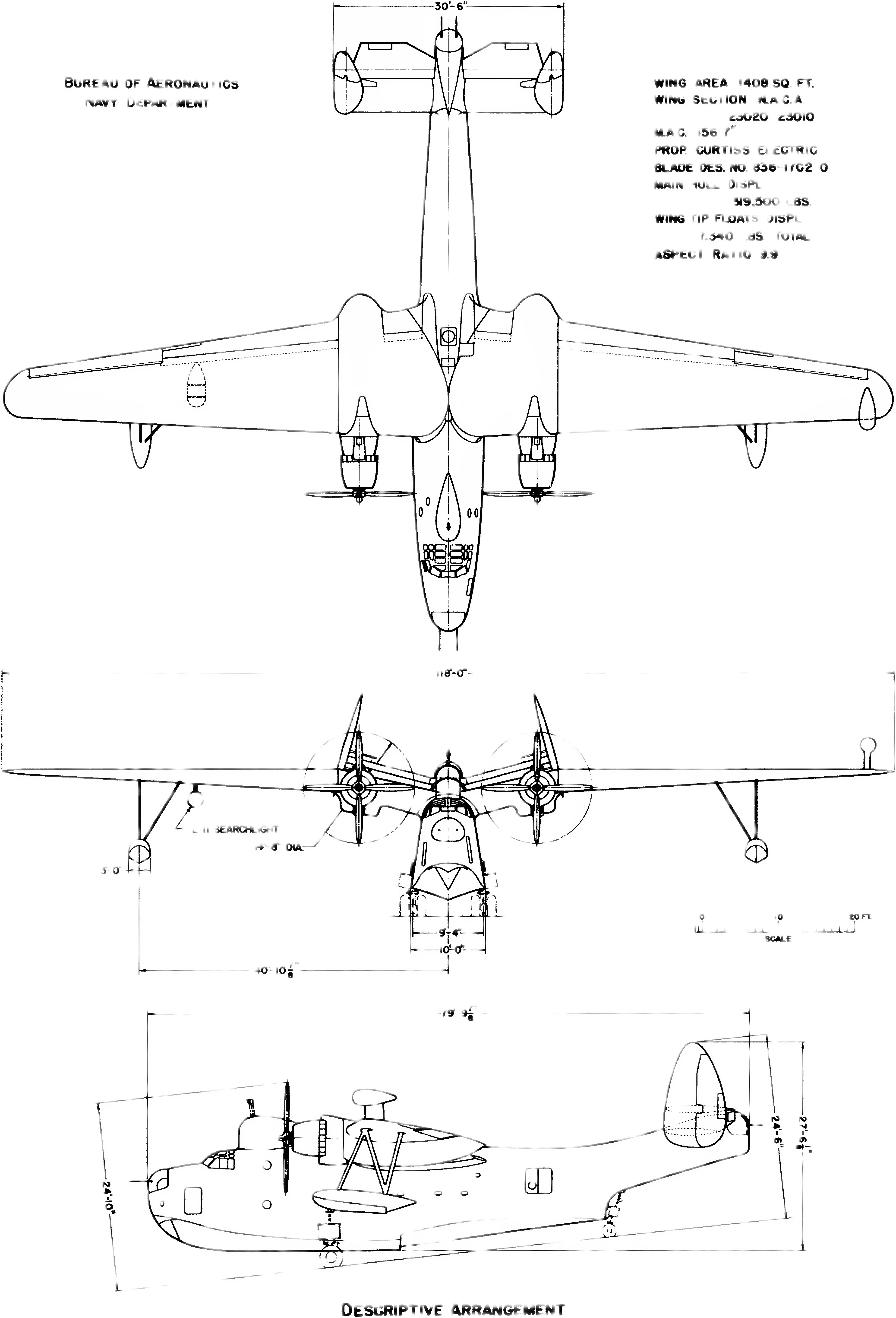

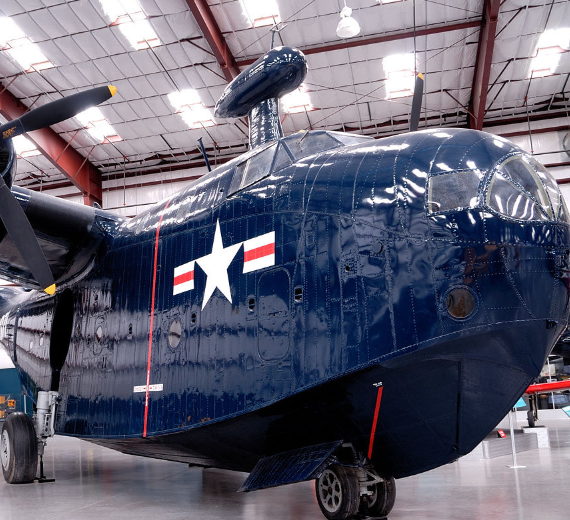
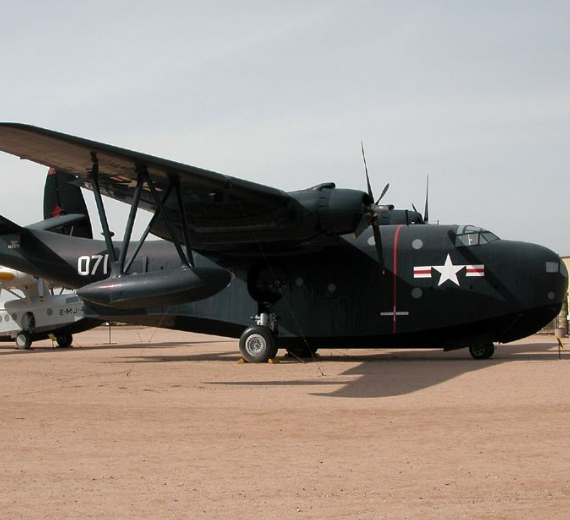

.png)


